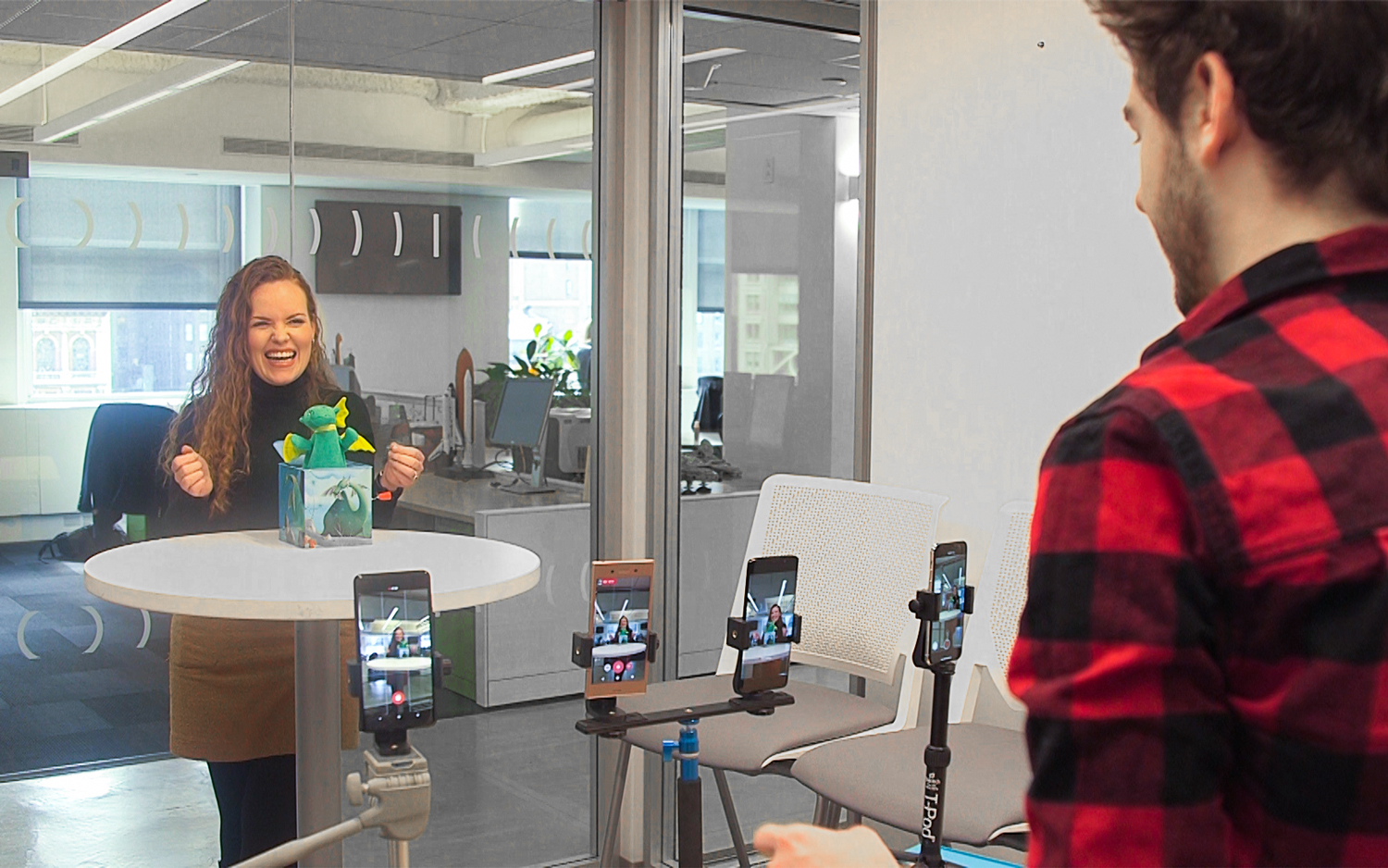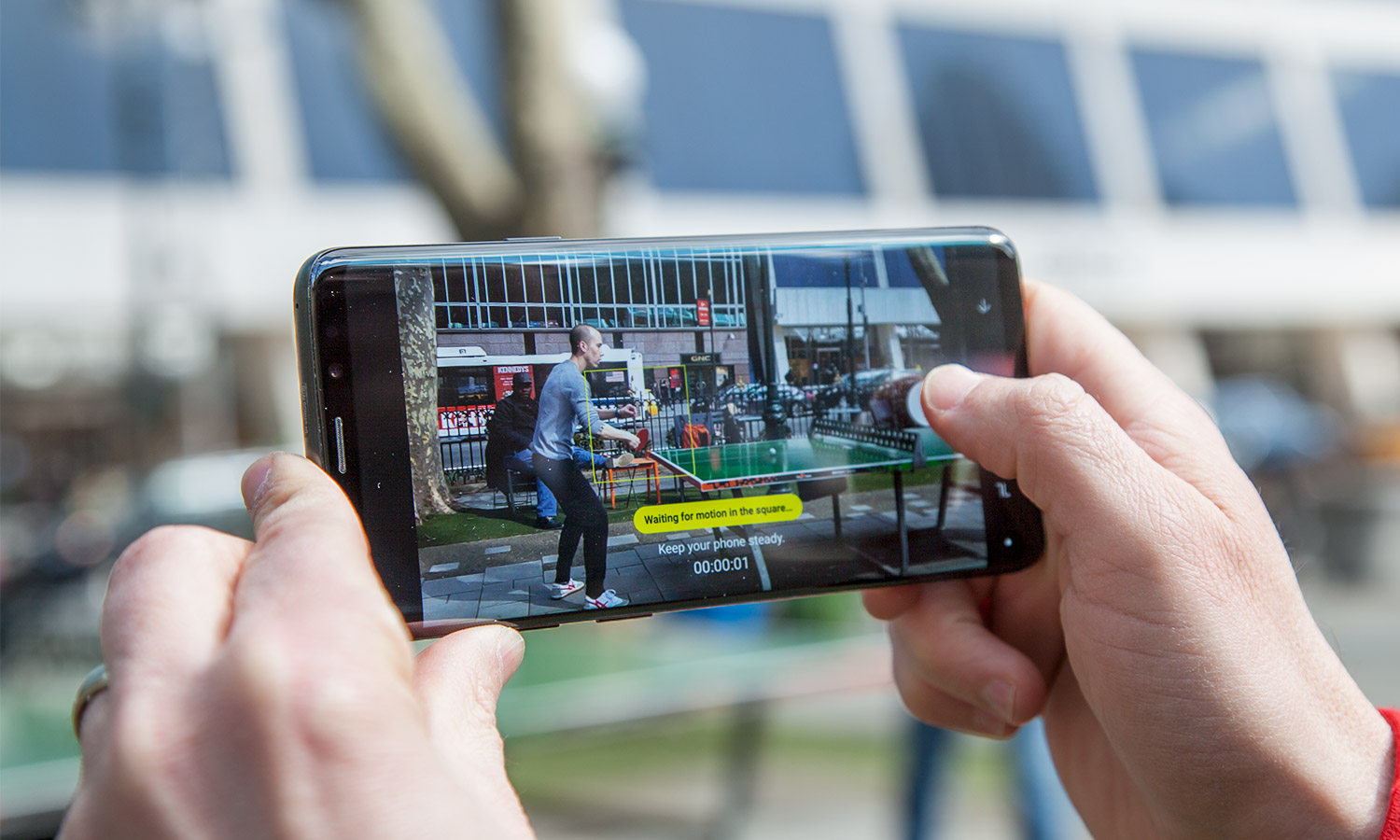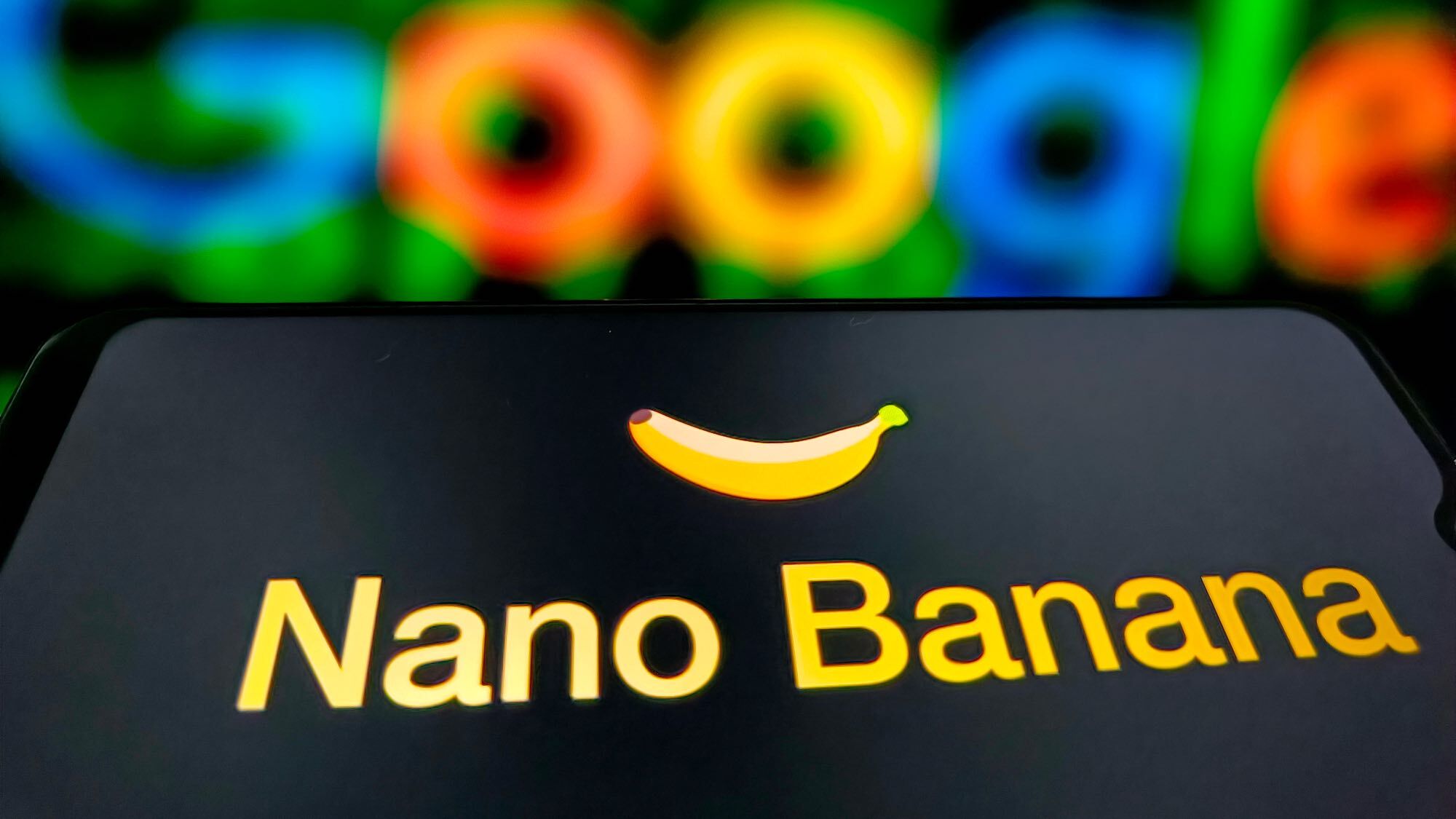See How the Galaxy S9's Slow-Mo Video Compares to iPhone X
Super slow-motion video at 960 frames-per-second is popping up on more flagship phones, but regular slow motion is more versatile (and reliable).

We know super slow-motion videos look extremely cool, but just how easy and useful is capturing that many frames per second when it comes to real-life situations?
We compared super slow-mo on the Galaxy S9 and Xperia XZ1 with the regular slow-motion video on the iPhone X and Google’s Pixel 2 XL to see if super slow-mo results in must-see videos that make it worth any hassle.
The new Galaxy S9 and S9+ both offer super slow-motion video, which captures 0.2 seconds of footage at 960 frames per second. That results in an incredibly cool 6 seconds of ultra-slow movement at 720p resolution.
Sony’s Xperia XZ1 offers the same feature, but its forthcoming Xperia XZ2, due out later in the spring, takes super slow-mo to the next level by increasing the resolution to 1080p. That should result in better-looking clips, but reduces the playback from 6 seconds to 3 seconds. (An option to shoot 960 fps at 720p will also be available on the XZ2.)
How We Tested
We tested the Galaxy S9+, Xperia XZ1, iPhone X and Pixel 2 XL in outdoor natural light by throwing water balloons against a stone staircase in Bryant Park. Then we moved our set-up indoors. We shot eggs cracking on a platter under incandescent lights in our video studio, then captured a Puff the Magic Dragon-themed Jack-in-the-Box creepily bursting out to terrify everyone in our open floor-plan office, where harsh fluorescent lights mix with natural light.

Our video production team mounted the smartphones on tripods to eliminate any potential for shakiness (which can ruin a slow-motion video). The tripods were placed side-by-side to capture the same scene at the same time.

You can’t pinch to zoom in when shooting super slow-motion video, though you can when shooting regular slow-motion clips. We didn’t take advantage of zoom on the Pixel 2 XL or iPhone X to keep the tests consistent, so each video uses the camera’s default framing. You’ll notice some cameras, such as the iPhone and Xperia, automatically zoom in more than the S9 and Pixel 2 do. The iPhone X is able to capture 240 fps in 1080p if you change the default in the Settings app, but to keep the testing consistent, we stuck with 720p.
Get instant access to breaking news, the hottest reviews, great deals and helpful tips.
Round #1: Water Balloon
First, we ventured out to Bryant Park to see which phone’s camera could make a water balloon bursting against stone steps look the most epic. This is where we discovered the limitations of capturing super slow-motion clips.
The iPhone X and Pixel 2 XL can capture several minutes of slow-motion video, while the Xperia XZ1 captures 5-second videos and the Galaxy S9 stores 8-second clips. Both Sony and Samsung’s devices shoot a fraction of a second of action, which means you have to precisely time the shutter press on both phones. The iPhone and Pixel take more of a set-it-and-forget-it approach.
That presented some challenges. We had to throw seven water balloons to capture just one of them on the Xperia. If we pressed the shutter just a split second too early, we’d miss the water balloon.
MORE: Best Lens Kits for iPhone Photographers
The S9 offers an automatic mode, which promises to only shoot action when it enters the frame, but we found that mode to be overly sensitive. If someone in the background of the shot moved, the S9 would start shooting and miss the water balloon. We decided to rely on manual mode to capture all of the S9’s slow-motion footage in every test.
We had to throw seven water balloons to capture just one of them on the Xperia. If we pressed the shutter just a split second too early, we’d miss it.
That was a good decision, because the S9’s super slow-mo clip was the best of the bunch, even though its camera was almost as finnicky to use as the Xperia’s. The S9’s clip best reflected the natural light of the outdoor scene, while the Xperia’s footage was darker and the contrast between the spraying water and the stone steps wasn’t as clear.
The iPhone X’s clip also captured bright, true-to-life light, but the S9’s super slow-mo effect was more dramatic.
Round #1: Water Balloon
1st Place: Galaxy S9+
2nd Place: Xperia XZ1
3rd Place: iPhone X
4th Place: Pixel 2 XL
Round #2: Jack-in-the-Box
After making quite a mess in Bryant Park, we took the party indoors to our office, where we conducted two more trials. For the first one, we set off a jack-in-the-box and captured the result with each phone.
Yet again, the Galaxy S9 and Xperia XZ1 stole the show in terms of slowing down the moment. There’s simply no replacement for framerate, and we’re happy Samsung and Sony have spearheaded the push toward 960 fps, up from the industry-standard 240 fps in the iPhone X and Pixel 2.
The Xperia claimed the grainiest shot of the bunch, with visual noise and heavy artifacting that danced from frame-to-frame. Although we liked that Sony’s phone pulled a tighter perspective to the Galaxy’s more wide-angle shot, the noise was very distracting. Samsung seems to have employed some software to tone down the static, which definitely helped, but even the S9 doesn’t look quite as natural and crisp as what you’d get from the iPhone X or Pixel 2 at 240 fps. Then again, Apple and Google’s handsets record four times fewer frames, so either way, there are tradeoffs to be made.
That leaves you with a choice: prioritize quality or framerate? It’s a toss up that really depends on the context of the scene. In this case, the light in our newsroom isn’t the most favorable, but we’d still take the Galaxy and Xperia because they collect so much more motion in the same amount of time as other phones. And of the two, we prefer the Samsung for better lighting and reduced noise.
There’s simply no replacement for framerate, and we’re happy Samsung and Sony have spearheaded the push toward 960 fps.
It is worth noting, however, that Apple has one advantage over Google in that the iPhone X can record slow motion at up to 1080p resolution by using its High Efficiency Video Compression (HEVC) format. This keeps file sizes down while bumping up the level of detail, with the caveat that HEVC may not play back on all devices, so 720p via .MOV is still available as an option.
Round #2: Jack-in-the-Box
1st Place: Galaxy S9+
2nd Place: Xperia XZ1
3rd Place: iPhone X
4th Place: Pixel 2 XL
Round #3: Eggs
For our last trick, we broke some eggs in our video studio, which was a fair bit darker than the room we used for the jack-in-the-box.
You can tell straight away that the Galaxy S9+ and Xperia XZ1 don’t handle this scarcity of light very well. We could get away with sacrificing some clarity in the previous two rounds, but particularly low light scenarios really push the limits of 960 fps recording to the point where we actually preferred the 240 fps handsets, even though they can only capture a quarter of the frames.
The phones from Apple and Google produced videos that were significantly less muddy than what we observed from the latest Samsung and Sony devices. Ultimately though, the iPhone won out against the Pixel here because of its brighter exposure and slightly warmer, more realistic white balance.
Still, all the egg cracking called our attention to an important distinction between the Galaxy and Xperia in terms of the way they record super slow motion. It turns out the S9’s clips are actually a bit longer — though not necessarily in the way you’d think.
MORE: These Smartphones Can Replace a Compact Camera
Samsung and Sony’s flagships capture about 5 seconds of 960 fps footage, but the Galaxy pads that with about three total seconds of regular speed video bookending the shot. In other words, the clip plays in normal time initially, when you start to see the egg falling. Then it slows down to 960 fps for about 6 seconds, before speeding back up again after the egg strikes the pan. Conversely, the Xperia just grabs a 5-second super slow-mo film with no change in the framerate from beginning to end.
You can tell straight away that the Galaxy S9+ and Xperia XZ1 don’t handle this scarcity of light very well.
Ultimately, one way of doing things isn’t necessarily better than the other — it just comes down to preference. We think the S9’s effect is very cool, as you can actually observe the world slow down, as if the phone is bending the laws of time.
The S9 also produces a longer overall video, though we wish both devices could save lengthier super slow motion clips. Until manufacturers can guarantee recording 15 to 30 seconds at a time, users are going to find it very difficult to capture the proper moment at a fraction-of-a-second’s notice.
Fortunately, the iPhone X and Pixel 2 are capable of rolling indefinitely, so you never have to worry about picture-perfect timing with the shutter button. They’re just easier to use in any situation. Couple that with the iPhone’s quality advantage in low light, and it’s little wonder why Apple’s flagship was our favorite to shoot with in the studio, even if its slow motion wasn’t quite as technically impressive.
Round #3: Eggs
1st Place: iPhone X
2nd Place: Galaxy S9+
3rd Place: Pixel 2 XL
4th Place: Xperia XZ1
Overall Winner: Galaxy S9+
The Galaxy S9+ is a solid pick if you absolutely have to have a super slow-motion feature, but it needs to record more footage to make it more effective in the world world. Also note that you’ll get the best results when you’re outdoors or when there’s a lot of light. Its effects were incredibly dramatic, though, making it our top pick for super slow-motion video.
| Galaxy S9+ | Xperia XZ1 | iPhone X | Pixel 2 XL | |
| Water Balloon | 1st Place | 2nd Place | 3rd Place | 4th Place |
| Jack in the Box | 1st Place | 2nd Place | 3rd Place | 4th Place |
| Eggs | 2nd Place | 4th Place | 1st Place | 3rd Place |
| Overall Winner | 1st Place | 2nd Place | 3rd Place | 4th Place |
The iPhone X was more reliable, though its effects weren’t as cool as the super slow-motion footage we captured on the Galaxy S9. When it comes to recording clips in everyday situations, some people will prefer the iPhone. The clips aren’t quite as eye-catching, but you also don’t have to pay close attention to your phone to capture the exact moment when action occurs.
MORE: Best Video Editing Software Under $100
We plan to test Sony’s Xperia XZ2’s higher-res super slow-mo when that phone debuts later this year. Stay tuned to see if it can beat the Galaxy S9.
Credit: Tom's Guide
Caitlin is a Senior editor for Gizmodo. She has also worked on Tom's Guide, Macworld, PCWorld and the Las Vegas Review-Journal. When she's not testing out the latest devices, you can find her running around the streets of Los Angeles, putting in morning miles or searching for the best tacos.
-
ice.returns I don't get it, you praise the IPhone's ability (and ease of use) because it can record continuously at 240fps. On the galaxy you can choose between the "super slow motion" that you tested and regular "slow motion" where it has the exact same characteristics as the iPhone 240fps slow Mo.Reply
In case you weren't aware regular "Slow Mo" is disabled by default, you have to go into camera settings, down to Edit camera modes enter into the"rear camera" section and then turn on "slow motion". -
willowbard I have an S9+ and loved the idea of the super slo mo feature but unless I am outside during the day or in extremely well lit indoors it films too dark to really see anything. Quite the disappointment reallyReply
